Nội dung bài viết
Medium voltage circuit breakers are indispensable switching devices in industrial and commercial electrical systems for the purpose of protecting systems and people. So what is a medium voltage circuit breaker, what is its structure, function and classification? We have compiled detailed information in the article below.
What is a medium voltage circuit breaker?
Medium Voltage Switchgear is a specialized switching device for medium voltage, with the function of distributing electrical energy and switching voltage to protect the system against overload and short circuit incidents.

According to IEC 62271-200 standard, this device is designed, manufactured and tested for switching, protection and control purposes in alternating current systems from 1kV to 52kV, so it is applied in secondary distribution networks such as: secondary transformer stations, light industry or wind power generation plants. In addition, medium voltage circuit breakers are also used for hotels, shopping centers and high-rise buildings.

Medium voltage circuit breakers have the following typical characteristics:
- Large operating voltage source: from 1kV to 52kV according to IEC 62271-200 standard, in Vietnam it is 1kV to 35kV.
- Continuous discharge current: from 600A – 4000A.
- Appears in many transformer stations, or combined with other equipment such as: minimum oil circuit breakers, bulk oil circuit breakers, SF6 gas insulators…
- Can be installed both indoors or outdoors, even in harsh environments such as: vacuum, oil environment, insulation…
- Long life, easy operation, no noise when interrupting the current.
Structure of medium voltage circuit breaker
Current medium voltage circuit breakers are designed as medium voltage electrical cabinets, including main parts such as cabinet covers, insulating materials, circuit breakers and smart switching devices.
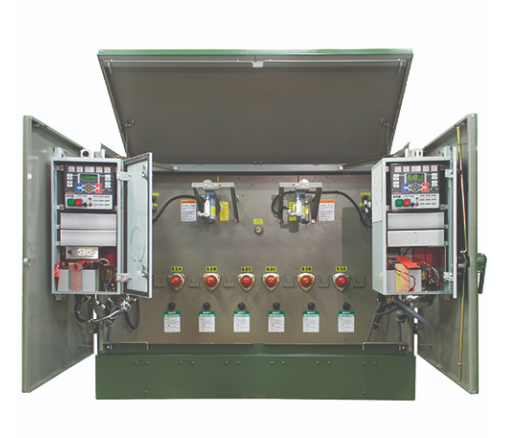
The cabinet shell is the protection layer for the medium voltage circuit breaker, usually made of corrugated iron, about 2mm thick and insulated, so it is very safe and sturdy. Insulating environment is the environment inside the medium voltage circuit breaker cabinet to protect electrical equipment such as busbars, bushings… from arc faults. Some insulating materials used for medium voltage circuit breakers:
- Air: The most common and cheapest insulator, however, its dielectric properties are the weakest, so the internal electrical devices are easily affected by electric arcs.
- Gas: The gas commonly used as an insulating medium for medium voltage circuit breakers is sulfur Hexafluoride (SF6). The electrical contacts will be sealed inside a tank containing compressed SF6 gas.
- Solid dielectric technology in air: A combination of non-conductive material with low humidity air gaps, providing low dielectric loss, high mechanical strength, and resistance to thermal and chemical degradation.
- Liquid: Usually insulating oil with fire resistance, including 3 common types: mineral oil (petroleum-based); E200 fluid is low viscosity, non-toxic, polyol ester based, flame retardant, has good dielectric, thermal and physical properties; FR3 liquid is formulated from vegetable oils and enhancing additives.
Circuit breakers include main circuit breakers (fuses, circuit breakers) and switches, typically:
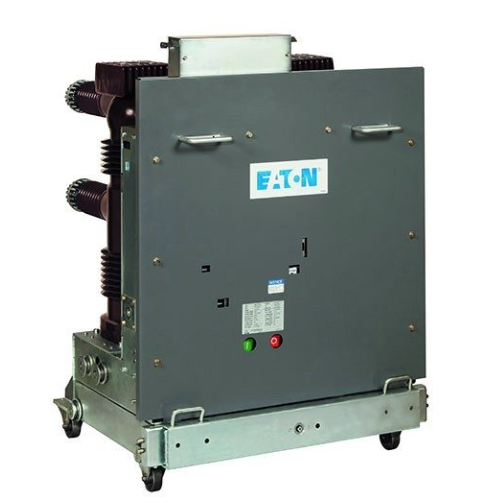
- Air switch: Switching devices that use air as a dielectric typically have lower interrupting levels than oil or vacuum switches but are more economical.
- Fuse: The device switches off the overload current by melting at a specified time/temperature. In medium voltage circuit breakers, fuses are coupled to switches to increase the ability to open/close the circuit and provide overload protection.
- Oil switch: The switching device is embedded in an oil-filled housing. This device often appears in platform-mounted medium voltage circuit breakers.
- Vacuum circuit breaker: This type of circuit breaker takes place the arc extinguishing process inside a sealed vacuum vessel. Vacuum circuit breakers can trip overpressure faults much higher than air circuit breakers.
- Vacuum fault interrupter: Acts as an overcurrent protection device, can replace fuses and switches.
- Vacuum switch: Type of electrical switch capable of interrupting current inside sealed vacuum vessels. Vacuum switches require less space than air or oil switches and can be used at higher voltages.
Measuring equipment has the function of measuring main values:
- Asymmetrical cutting current: Maximum fault current that the circuit breaker and fuse can safely trip, measured in symmetrical RMS Amps. For example, a medium voltage vacuum circuit breaker has a breaking current of about 25 kAIC – 63 kAIC.
- Short Circuit Rating (SCR): Is an index to evaluate the ability of a medium voltage circuit breaker to break the circuit and withstand short circuit current when a fault occurs.
- Continuous current rating: Current value that the main circuit breaker and main busbar inside the medium voltage breaker can continuously carry without damaging the device. Medium voltage circuit breakers usually have a continuous rated current from 600A to 4000A.
- Maximum Rated Voltage: Voltage value at which medium voltage switching equipment can operate. For example, a 15kV medium voltage circuit breaker can be applied at many different practical voltages including: 12.47 kV, 13.2 kV, 13.8 kV and 14.4 kV.
Incorporation of intelligent electronic devices (IEDs) such as smart circuit breakers, sensors and microprocessor-based meters enhances the performance of medium voltage circuit breakers. In addition, when medium voltage switchgear is connected to the network, it will allow operators to apply cloud computing solutions to analyze detailed data about the power distribution system.
See more: Electrical circuit breakers: functions and classification
Classification of medium voltage circuit breakers
Medium voltage circuit breakers are classified according to many criteria.
According to IEC 62271-200 standard
- Insulation materials: There are circuit breakers that use gas, air and liquid insulating materials…
- Partition material between compartments: PM/PI
- Internal arc fault (IAC classification): AFL / AFLR
- Continuity of service: LSC-1 / LSC 2-A / LSC 2-B
By function
- VCB (Vacuum Circuit Breakers): Vacuum switching devices have large short circuit breaking currents, ranging from 15kA – 50kA or large currents from 100A – 4000A.
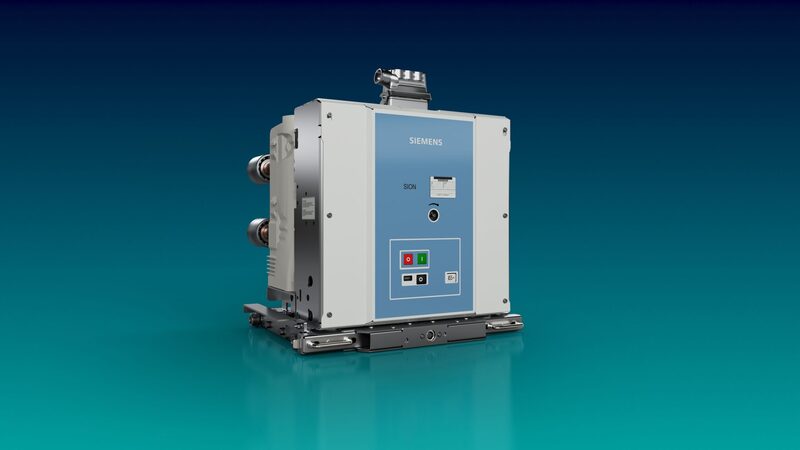
- VCS (Vacuum Contactor Switches): A type of vacuum starter with very large switching ability. The number of switching times of VCS can be up to 2,500,000 times. This type is widely used in conveyor systems, elevators, pumping stations, transformer stations, etc.

- VTS: Vacuum switching devices are used to change power from mains to mains or from mains to generator. VTS has rated current from 400A – 600A. The common short circuit breaking current is 12.5 kA and the control voltage is 100/110VDC.

- Recloser: A circuit breaker that automatically closes when it detects a problem occurring within a short period of time to ensure electricity maintenance in the system. Current reclosers are mainly 3-phase lines, with additional lightning protection positions installed.
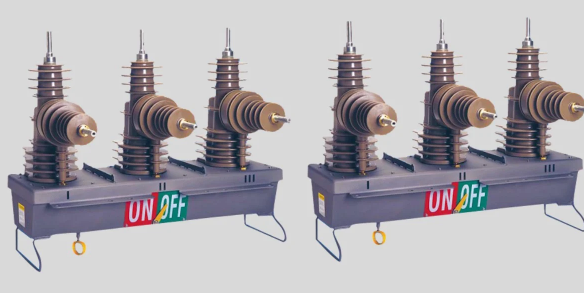
- LBS: Load breaker with the same function as an interlock circuit breaker. Not only switching, but LBS also has the ability to protect the electrical system.

According to structure
- Compact medium voltage circuit breaker: Designed as 3 phases in a single tank or in an isolated phase configuration, suitable for installation in areas with small, narrow spaces. This type is designed, manufactured and tested in accordance with IEEE standard C37.20.9 and the International Electrotechnical Commission (IEC) 62271 performance standard.
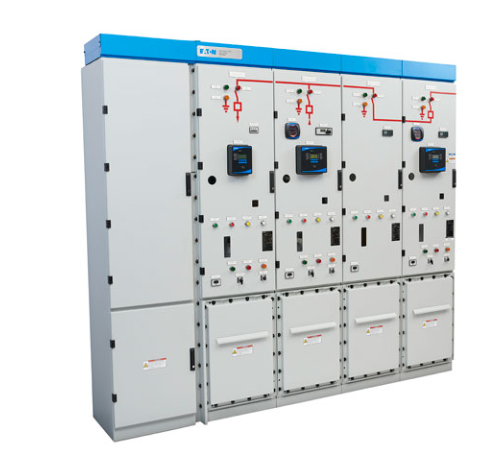
- Metal coated medium voltage circuit breaker: All electrical components such as busbars, measuring equipment and main circuit breakers and switches are enclosed in separate metal compartments. The rated voltage level for this type of circuit breaker ranges from 5 kV – 38 kV and is used in factories, power generation and transmission facilities.

- Metal shell medium voltage circuit breaker: Compared to metal-encased cutters, metal-encased cutter components can be installed in common compartments and do not require mandatory compartmentalization.
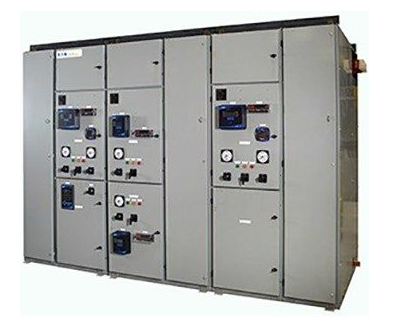
- Medium voltage circuit breaker with base mounted: Designed for underground distribution systems with rated voltages from 5 to 38kV. This device has a low profile making it suitable for line segmentation and circuit protection applications.
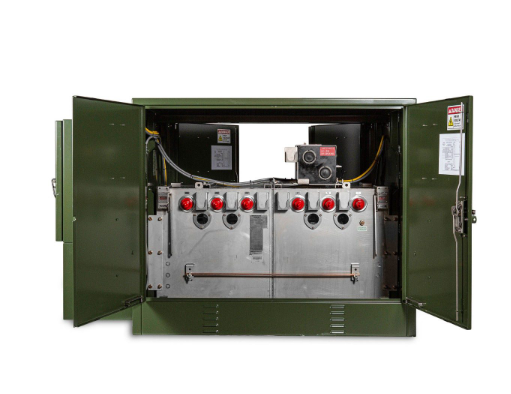
- Underground medium voltage circuit breaker: Designed for power distribution systems with ratings from 15 – 38kV, requiring switches and accessories that can be operated in underground or underground locations. This device allows the user to operate the switch from ground level manually or use a relay and utilize a vacuum breaker to protect the load and isolate the fault.

- Arc-resistant medium voltage circuit breaker: Capable of redirecting an electric arc to a containment compartment, then being released in an area that does not pose a hazard to the operator or equipment.

Famous brands of medium voltage circuit breakers
ABB medium voltage circuit breaker
ABB medium voltage circuit breakers have operating voltages of 1kV to 52kV according to IEC Standards, including air-insulated and gas-insulated medium voltage circuit breakers. Products of this brand are equipped with monitoring, diagnostic, automation and control features, helping operators optimize the inspection and handling process.
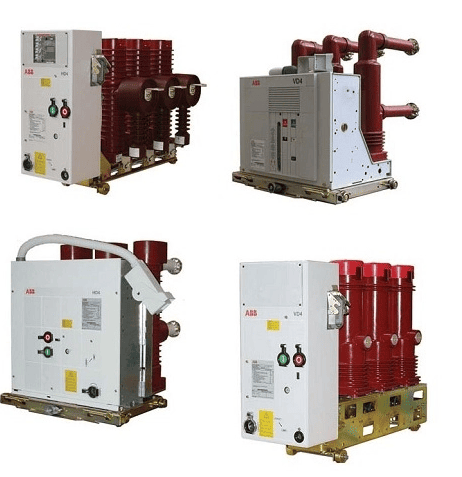
ABB provides popular lines of medium voltage circuit breakers including: ABB Recloser, ABB HD4 gas SF6 and ABB VD4 vacuum.
Siemens medium voltage circuit breaker
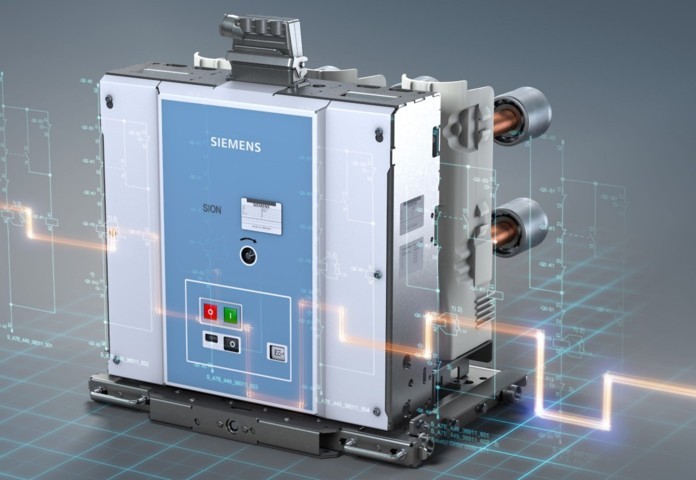
VCB Siemens medium voltage circuit breaker code 3AF01 has a compact size, saves space, with a sealed SF6 insulation system that minimizes SF6 gas leakage, and is resistant to moisture, fire, and can withstand harsh environments, etc. This device can be installed indoors or in compact outdoor stations.
Mitsubishi medium voltage circuit breaker
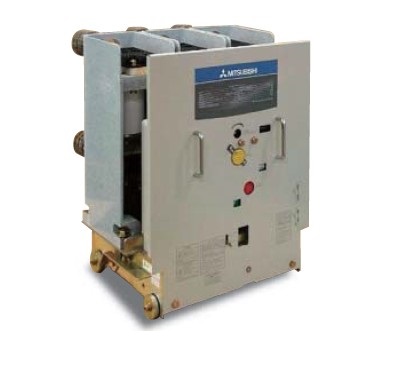
Mitsubishi offers the VF-D Series and 10-VPR-D Series vacuum circuit breakers (VCBs) with a vacuum valve design that provides arc control and state-of-the-art insulation technology. Mitsubishi’s VCB uses steel materials and anti-corrosion technology that completely does not contain Chromium (a substance harmful to the soil environment), so it is completely environmentally friendly.
See more: What is an SF6 gas circuit breaker? Structure, working principle and applications
Frequently asked questions about medium voltage circuit breakers
Question 1: How are circuit breakers and isolators different?
Reply: The circuit breaker is used for switching with load, no load, and cutting when there is a problem, while the disconnector is used for switching without load, creating a safe visible distance during repair and operation of the electrical system.
Question 2: What is the function of a medium voltage circuit breaker?
Reply: Medium voltage circuit breakers are currently used with the main task of switching and protecting electrical circuits against overload and short circuit incidents. In addition, this device also has the ability to convert capacitive current; Perform ON/OFF conversion or induction current conversion…
Question 3: What are common problems with medium voltage circuit breakers?
Reply: Medium voltage circuit breakers can suffer mechanical damage due to lack of lubricants, unsafe working environment, damaged components leading to interruption of the circuit breaker process. At the same time, this switching device also causes a partial discharge phenomenon that affects the insulation system in the machine.


Nội dung được phát triển bởi đội ngũ truonglehongphong.edu.vn với mục đích chia sẻ và tăng trải nghiệm khách hàng. Mọi ý kiến đóng góp xin vui lòng liên hệ tổng đài chăm sóc: 1900 0000 hoặc email: hotro@truonglehongphong.edu.vn